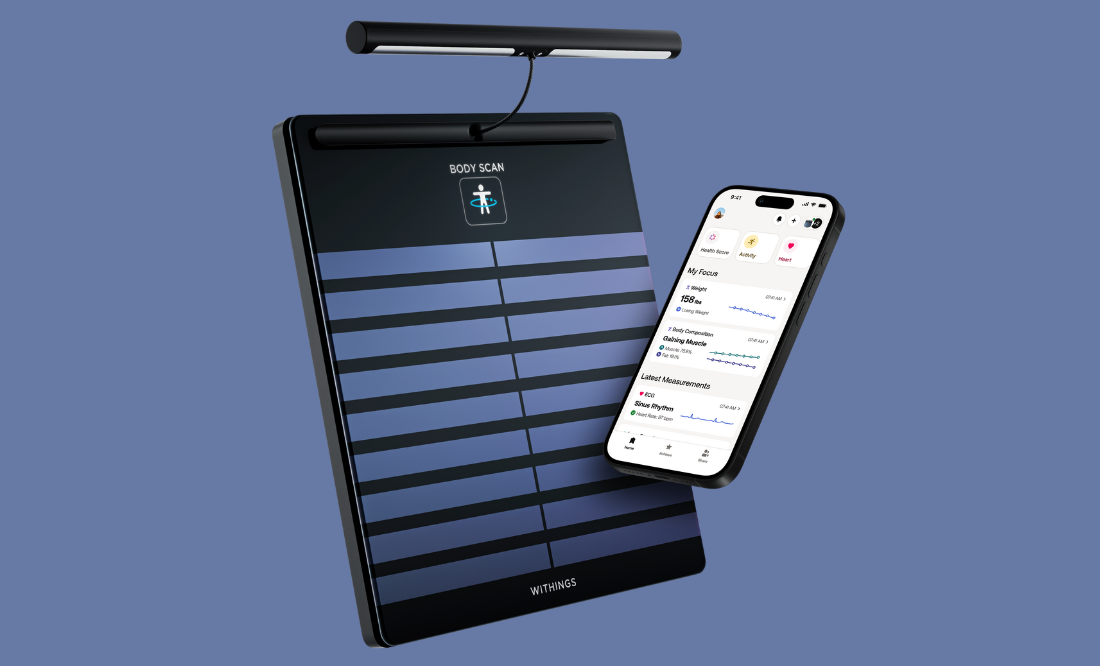Russia’s summer offensive in East Ukraine, launched in May, has been advancing on the battlefield on multiple fronts, exploring and attacking with small and fast units as the fighting intensifies day by day. With its advance, Russia has changed the rhythm of the war, capturing more and more square kilometers. However, for many months, one of the bloodiest battles has taken place in a single enclave.
Prolonged defense. For months, Pokrovsk’s Ukrainian city became one of the most fierce epicenters of war, where kyiv’s forces managed to stop a numerically superior enemy thanks to intensive use of armed drones and staggered defenses that worn thousands of Russian soldiers.
This bastion, located on important reserves of coquizable coal and that functioned as a key point of the supply lines to the east, has been the subject of a constant siege since last year, first through frontal attacks and then through attempts to fence.
Fiber as a disruptive. Although the Ukrainian resistance managed to stop these advances, Russia has adapted its tactics with greater deployment of drones, finally including the models we have been talking about in recent months: those drones with optical fiber impossible to block with electronic warfters, capable of achieving objectives up to 25 kilometers after the front line.
Human and logistics cost. The Price of this slow offensive has been devastating for Moscow: tens of thousands of casualties accumulate around Pokrovsk, with soldiers sent in precarious conditions, some recruited in criminal colonies with just a week of training, others injured or poorly equipped. Many were thrown in almost suicidal waves, advancing on foot or motorcycles to avoid drone detection, in groups of just half a dozen, replaced again and again after each failure.
Russian prisoners reported that the greatest fear on the battlefield was not tanks or artillery, but the small Ukrainian quadricopters who bombarded from the air without rest, generating psychological terror and nightmares between the troops. kyiv, on the other hand, suffered the pressure of a hostile environment, with supply routes subjected to the fire of drones and artillery, which forced to cover roads with protection networks and to face increasing difficulties to supply food and food to the few civilians who remain in the city.
Russian adaptation. He underlined a Reuters report that the Ukrainian resistance, organized with the experience of units such as the so -called “da Vinci Wolves” and under the command of General Mykhaylo Drapatyi, managed to keep the line for more than a year, applying counterattacks and hindering enemy logistics. However, Russian numerical superiority, key road control and the introduction of new technologies began to tip the balance.
The so -called “Kill Zone Drones” cover kilometers on each side of the front, making reinforcements and supplies on both sides. Russian advances, although limited in territory, accelerated in the spring of 2025, with the greatest Ukrainian territorial losses of the year concentrated in this sector. Pokrovsk’s partial fall, although symbolically minimized by Zelenski, could release Russian military resources and open the door to greater progress in Donbás, bringing Putin closer to one of his fundamental objectives.

Strategic implications. In the background, Pokrovsk represents the paradigm of the wear war that today defines the conflict: minimum territorial advances achieved at an exorbitant human cost, with drone technology as a decisive factor on the battlefield. For Ukraine, its resistance has been a crucial brake that prevented Russia from consolidating control, especially Donetsk, but the price has been the almost total destruction of the city and the loss of its logistics function.
For Russia, the eventual conquest of Pokrovsk would serve to strengthen its control over the east, although it has succeeded by sacrificing thousands of soldiers, many of them poorly trained and equipped.
If you want, the battle illustrates the transformation of modern combat, where the troops are trapped in a new war era defined by drone swarms, electronic war and mass attacks that make each meter live in a victory … with very little to celebrate.
Imagen | US Air Force
In WorldOfSoftware | The 1500 RAM truck is an American national emblem. For some reason, it is being important in the war in Ukraine
In WorldOfSoftware | We already know what Russia’s trick is to multiply its drones: it is called “cooling units” and comes direct from China












